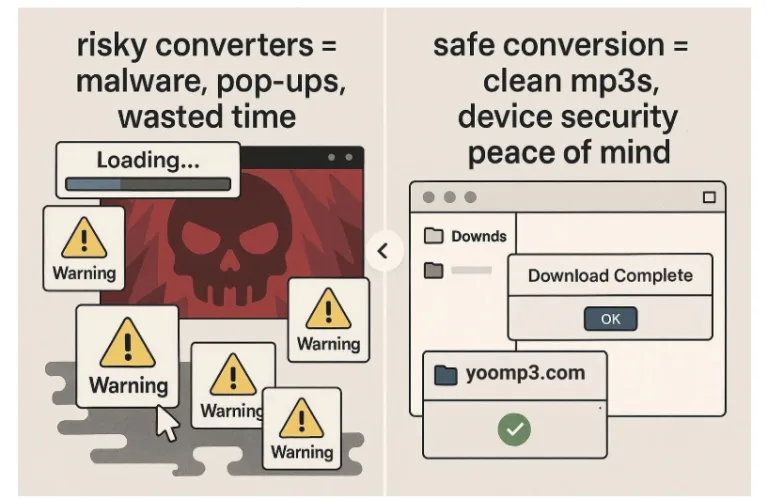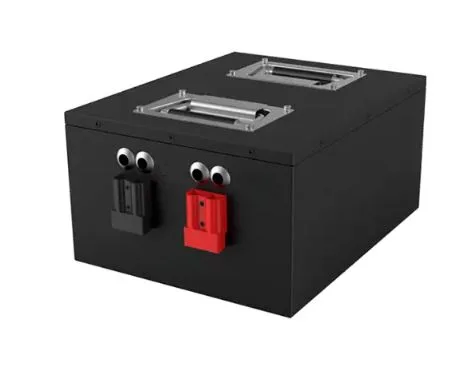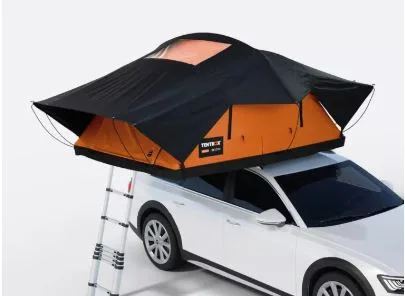A Beginner’s Guide to Importing Goods from China to Thailand
Importing goods from China to Thailand can be an exciting opportunity for entrepreneurs and businesses. Whether you want to sell wholesale products, stock up for an online shop, or expand your supply chain, China offers an endless variety of items at competitive prices. However, if you’re just starting out, the process may seem overwhelming. Customs regulations, shipping options, suppliers, and taxes—all of these can feel like a maze.
This beginner’s guide will walk you through the essentials of importing goods from China to Thailand. By the end, you’ll feel more confident about the process and ready to take your first step toward building a successful import business.
Why Import Goods from China?
China is known as the “world’s factory” for good reason. Manufacturers there produce everything from electronics and textiles to furniture and beauty products—often at prices much lower than local markets. For Thai businesses, importing from China makes sense because:
- Affordable prices: Wholesale costs are much cheaper compared to buying locally.
- Wide product variety: You can find almost any product category you need.
- Quality improvements: Chinese manufacturers have significantly improved product quality over the years.
- Scalability: You can start small and scale up as your business grows.
By choosing reliable suppliers and trusted shipping partners, businesses in Thailand can gain a strong competitive advantage.
Step 1: Find the Right Supplier
The first step in importing goods is finding a trustworthy supplier. There are several ways to do this:
- Online Marketplaces – Platforms like Alibaba, Made-in-China, and 1688 are great places to connect with manufacturers and wholesalers.
- Trade Fairs – Events like the Canton Fair in China allow you to meet suppliers face-to-face.
- Local Agents – Many Thai businesses hire sourcing agents who help them find quality suppliers in China.
Step 2: Understand Import Regulations in Thailand
Importing goods isn’t just about buying and shipping—it also involves complying with Thailand’s import regulations. Here’s what beginners need to know:
- Business Registration: If you plan to import regularly, you’ll need a registered business.
- Import Licenses: Some goods (like food, cosmetics, and medical products) require special licenses.
- Customs Duties and Taxes: Expect to pay import duties, VAT, and excise taxes depending on the product category.
- Prohibited Items: Certain goods cannot be imported at all, so always check Thailand’s official customs list.
Staying informed about these rules can save you from costly mistakes or shipment delays.
Step 3: Choose the Best Shipping Method
Shipping is one of the most important steps in the process. Depending on your budget, time frame, and product type, you can choose between:
- Air Freight – Faster but more expensive, ideal for urgent or lightweight goods.
- Sea Freight – More affordable for bulk shipments, but takes longer (usually 15–30 days).
- Courier Services – Companies like DHL, FedEx, or EMS handle small packages efficiently.
Many beginners prefer working with a reliable logistics partner like 1688shipping.com, which specializes in handling shipments from China to Thailand. They make the process easier by managing customs clearance, warehousing, and delivery, allowing you to focus on running your business.
Step 4: Calculate Costs Accurately
To avoid surprises, always calculate your landed cost (the total cost of goods once they reach you). This includes:
- Product cost (per unit)
- Shipping charges (air/sea freight, courier fees)
- Customs duties and taxes
- Handling and documentation fees
- Local transportation within Thailand
Knowing your landed cost will help you set the right selling price and ensure your business remains profitable.
Step 5: Handle Customs Clearance
Customs clearance is often the trickiest part for beginners. Here’s what you’ll need:
- Commercial Invoice – Provided by the supplier, showing the value and details of the goods.
- Packing List – Describes what’s inside each package.
- Bill of Lading or Airway Bill – Shipping document provided by your logistics company.
- Import License (if required) – For restricted goods.
Working with a shipping company that offers customs clearance services can save you time and reduce stress. Once cleared, your goods will be delivered to your warehouse or store in Thailand.
Step 6: Build Long-Term Supplier Relationships
Once you’ve completed your first import successfully, focus on building strong relationships with your suppliers. Good communication can lead to:
- Better prices and discounts.
- Faster processing of orders.
- Customized products tailored to your needs.
- Priority treatment during high-demand seasons.
Remember, importing is not just about one-time transactions—it’s about creating a reliable supply chain for your business.
Common Challenges Beginners Face
Every importer faces challenges in the beginning. Some common ones include:
- Language barriers: Miscommunication can lead to wrong orders.
- Hidden costs: Not accounting for taxes, duties, and shipping.
- Delayed shipments: Especially common with sea freight.
- Low-quality products: Choosing the wrong supplier without proper vetting.
The good news is that with research, patience, and reliable shipping partners like 1688shipping.com, these challenges can be minimized.
Final Thoughts
Importing goods from China to Thailand may seem complicated at first, but once you understand the basics—finding suppliers, following regulations, choosing shipping methods, and managing costs—the process becomes much smoother.
For beginners, the most important tip is to start small. Place smaller trial orders, learn the process, and gradually scale your business. Over time, you’ll build the knowledge and confidence needed to expand successfully.
If you’re ready to take your first step, working with experienced shipping partners such as 1688shipping can make the entire journey easier and stress-free.






